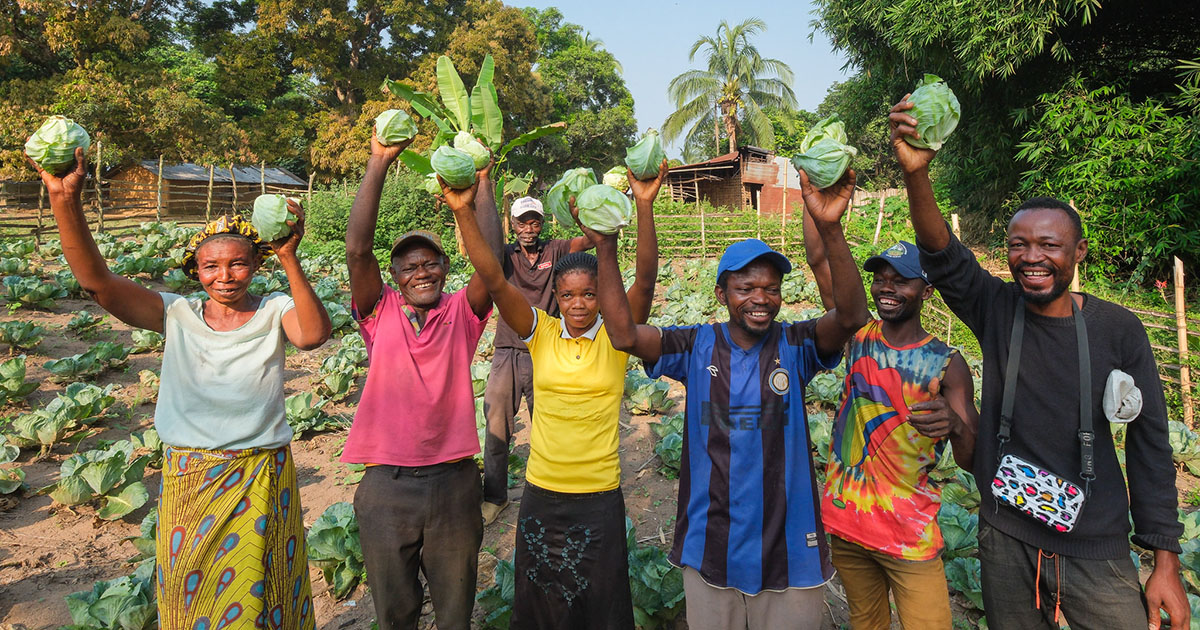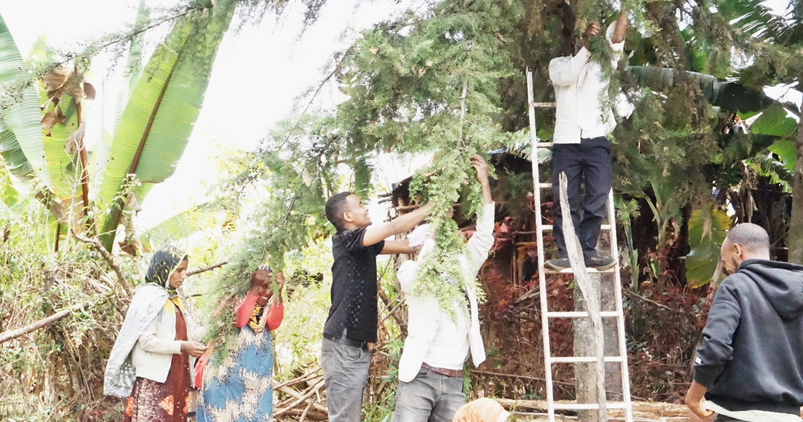Replacement of forest by agricultural systems is a major factor accelerating the emissions of greenhouse gases; however, related field studies in the tropics are very scarce. To evaluate the impact of forest transition to plantations on soil methane (CH4) and respiration (CO2) fluxes, we conducted measurements in an undisturbed forest, a disturbed forest, young and old rubber plantations, and an oil palm plantation on mineral soil in Jambi, Sumatra, Indonesia. Methane fluxes and their controlling variables were monitored monthly over fourteen months; soil respiration was measured less frequently. All of the plantations were managed by smallholders and had never been fertilized. To assess the effect of common management practices in oil palm plantations, we added urea at a rate of 33.3 kg N/ha and thereafter monitored intensively soil CH4 fluxes. The soil acted as a sink for CH4 (kg CH4‐C·ha−1·yr−1) in the undisturbed forest (−1.4 ± 1.0) and young rubber plantation (−1.7 ± 0.7). This was not the case in the other land‐use systems which had fluxes similar to fluxes in the undisturbed forest, with 0.4 ± 0.9, −0.2 ± 0.3, and 0.2 ± 0.7 kg·ha−1·yr−1 in the disturbed forest, old rubber plantation, and oil palm plantation, respectively. In the oil palm plantation, there was no inhibitory effect of nitrogenous fertilizer on methanotrophy. Annual soil respiration (Mg CO2‐C·ha−1·yr−1) was higher in the oil palm plantation (17.1 ± 1.9) than in the undisturbed forest (13.9 ± 1.2) while other land‐use systems respired at a similar level to the undisturbed forest (13.1 ± 1.4, 15.9 ± 1.7, and 14.1 ± 1.0 in the disturbed forest, young, and old rubber plantations, respectively). Substrate (litterfall and soil) availability and quality exerted a strong control over annual fluxes of both gases along the land‐use gradient. Temporal variation in CH4 was extremely high and in respiration fluxes was moderate, but was not specifically linked to seasonal variation. Further comprehensive and long‐term research is critically needed to determine more thoroughly the direction and magnitude of changes in soil trace gas emissions as affected by forest‐to‐plantation conversion in the tropics.
Download:
DOI:
https://doi.org/10.1002/ecs2.3284
Dimensions Citation Count:

Publication year
2020
Authors
Aini, F.K.; Hergoualc'h, K.; Smith, J.U.; Verchot, L.V.; Martius, C.
Language
English
Keywords
land use change, fertilizer, primary forests, conversion, soil respiration, rubber, oil palms, plantations
Geographic
Indonesia























